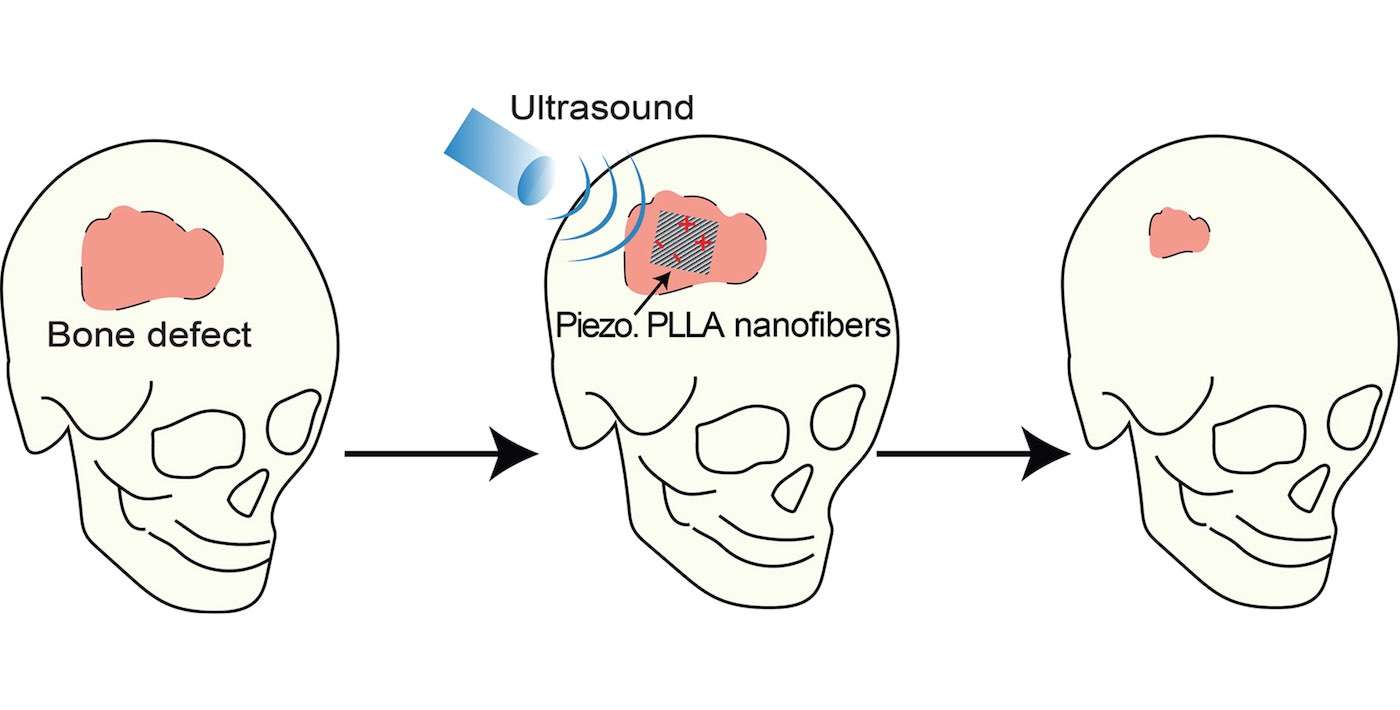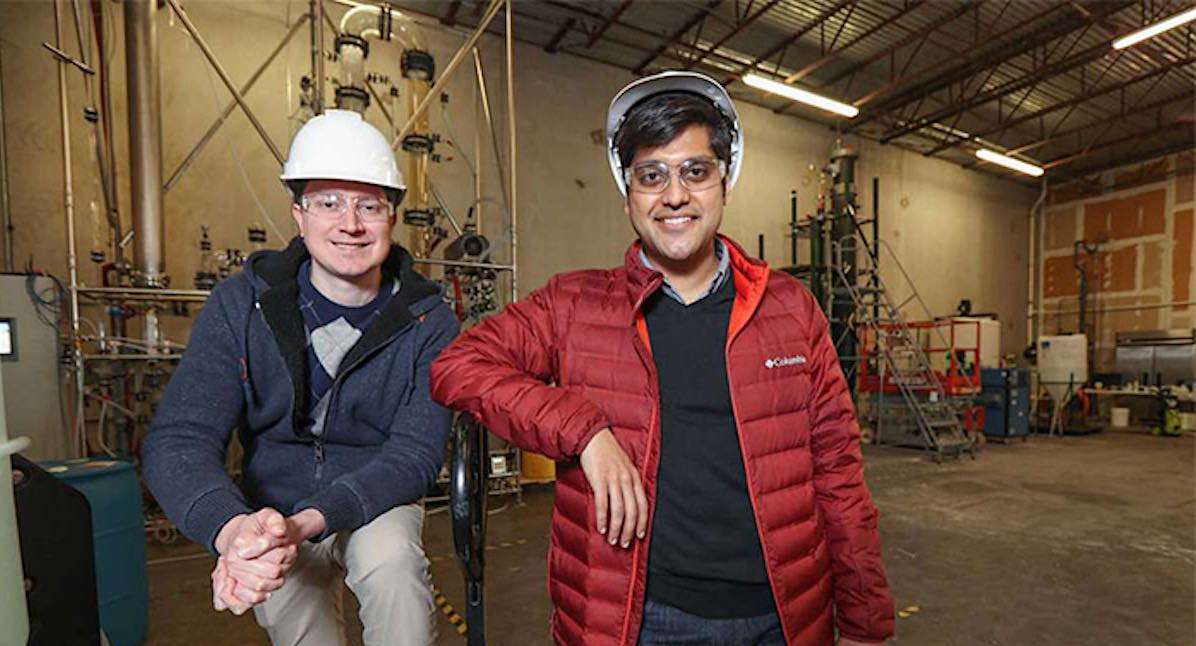When it comes to broken bones, the children of generation Z may never have to deal with the itching that comes from wearing a cast—an all-too-familiar scenario for both kids and adults healing from accidents.
Instead, doctors may, in the near future, be able to repair broken bones by encasing the fracture in a field of electricity, which would be especially welcome for treating body parts, such as the scull, where casts don't work.
A group of biomedical engineers from the University of Connecticut have invented a scaffold of non-toxic polymer that also generates a controllable electrical field to encourage bone growth. The researchers published a paper in Nano Energy after using their device to cure skull fractures in mice.
The scaffold mimics the natural electric field produced by our bodies, a characteristic called piezoelectric, meaning to generate electricity from vibrations, and can be affixed over the damaged bone without significant surgery.
The patient can wave an ultrasound wand over the area to stimulate the generation of electricity and, unlike similar existing machines that are bulky and require electricity from a power outlet or batteries, the device is lightweight and generates the field via ultrasound.
The polymer from which the device is made is non-toxic and gradually dissolves in the body over time, disappearing as the new bone grows.
"The electric field created by the piezoelectric PLLA scaffold seems to attract bone cells to the site of the fracture and promote stem cells to evolve into bone cells. This technology can possibly be combined with other factors to facilitate regeneration of other tissues, like cartilage, muscles or nerves," says Ritopa Das, a graduate student at Nguyen Research Group and the first author of the published paper.
The device's proof of efficacy is a case of leaping before looking, as scientists aren't exactly sure why electrical fields stimulate bone growth at all.
Bone itself is somewhat piezoelectric, generating a surface charge when the bone is stressed by everyday life activities. That surface charge encourages more bone to grow. But scientists don't know whether it's because it helps cells stick to the surface of the bone, or whether it makes the cells themselves more active.
BREAK a Leg to Share This Intriguing Study on Social Media..










Be the first to comment